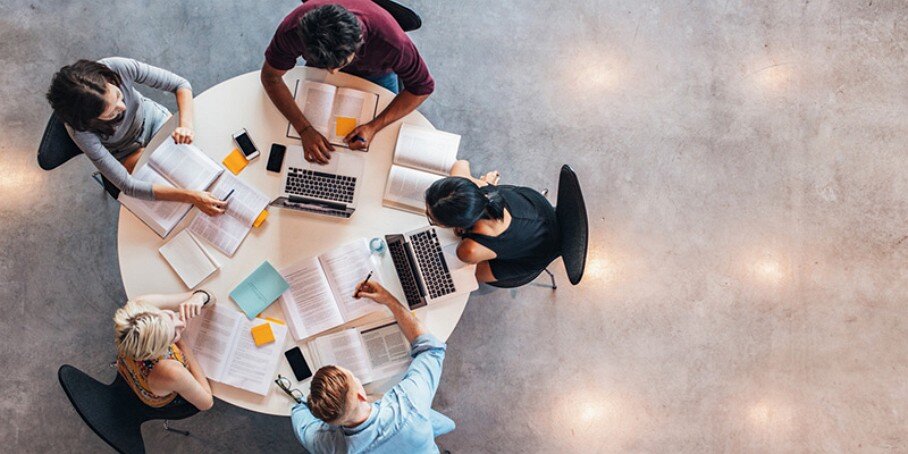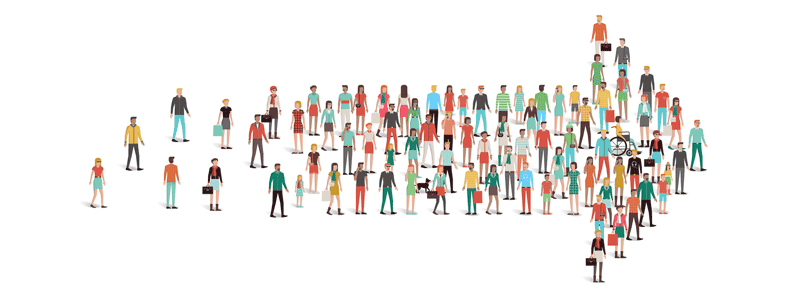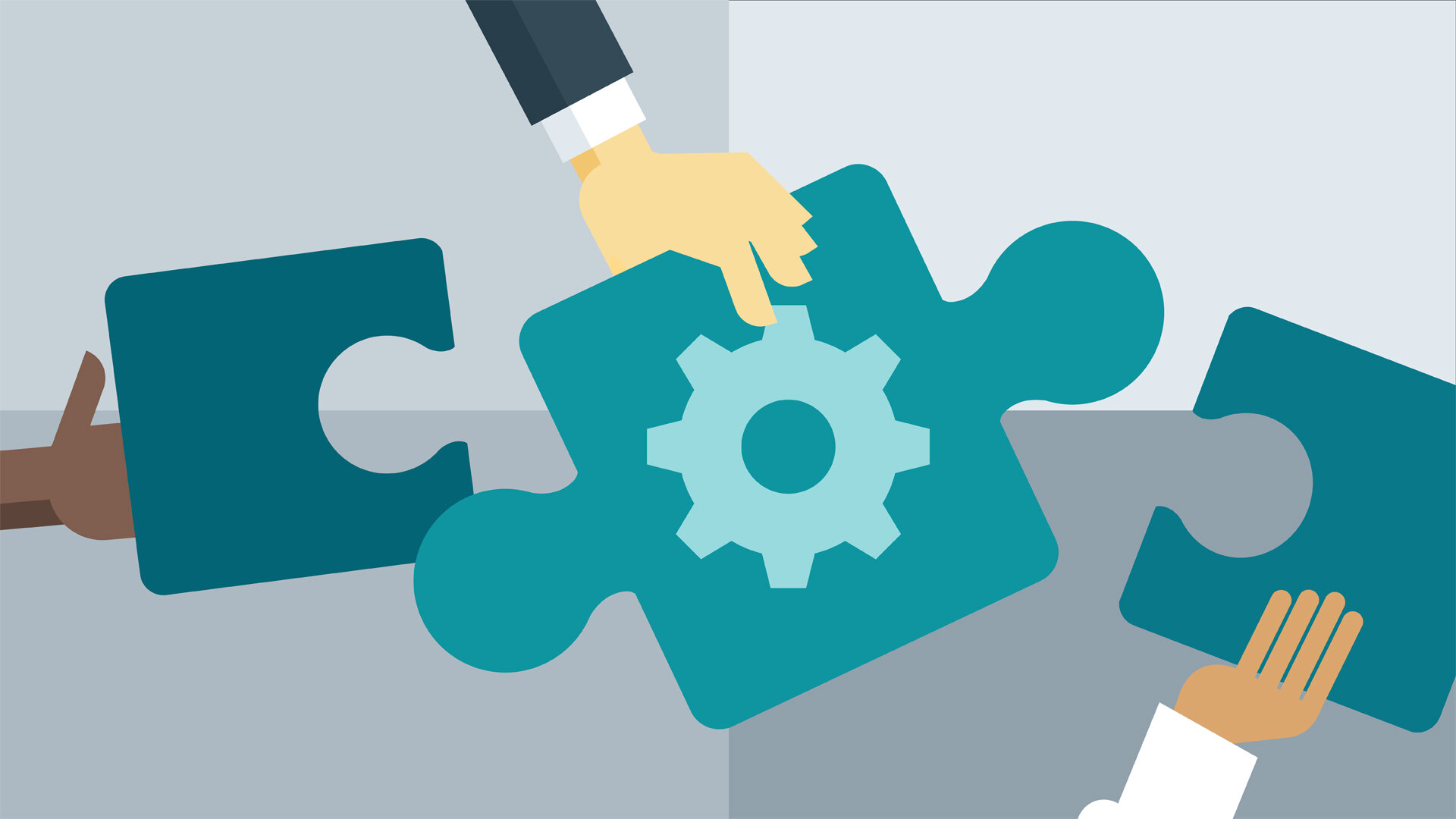Craft as Collaboration
Over the past few months, Covid-19 has implemented into the structure of our lives, creating moments of imbalance and disruption, significantly changing the way we live and work. Across all sectors, not only design, people have had to adapt their work-life balance, creating new structures, adapting to the mass ‘online shift’ and spark new ways to interact. With the closure of artist studios and workshops, designers have been left without access to equipment, space and the tools to produce work. As a once very process driven tool, during a solitary period, design has embarked upon a conceptual drive. Designers and creatives have all had to adapt their processes with new ways of thinking adjusting to this alternative way of life. Here we take a look at projects that focus on aspects of resourcefulness and invention at its core that this is an inherent time for collaboration across the design community. Creative practices that may have once been solitary in the artist studio, have opened up to the wider design community with these projects providing insights into the seemingly simple objects and tools that surround us.



‘Design. Humanity’s best friend.’ as the Design Museum states, humanises it as something relatable with an emotional grasp to observe and reflect upon. Perhaps without access to particular forms of equipment, this time has offered up a moment of observation through a new lens. Materiality explored by the simple tools that surround you, from the potential of soil providing a relatability to clay and the textures found in nature for casting possibilities, the material approach is varied and diverse.
Launched at the end of April, Modern Design Review released Make Do, inviting designers with a product brief and a max 48 hour deadline to produce a piece of work using the domestic tools and materials that surround them. Once released on the platform, the work is auctioned with all profits going towards international charities battling covid-19. With these key limitations of time and materials set, it sparked an engaging design dialogue connecting the viewer with the designer offering up a moment of relatable design thinking; such projects can be formed from the simplest tools around us and accessible for all.
Here we highlight a few ‘Make Do’ projects that particularly captivated us with material intrigue. Firstly we start with the work of Chen Chen & Kai Williams, ecological material design duo from New York, who in a 1 hour time limit re-designed a light fitting. Their brief, to design a light fitting into a mood altering experience with the materials around them took ‘resourcefulness to its extreme’ with this Tortilla light using food as a material source.
Chen Chen & Kai Williams - 'Make Do | Visit artists website
Next we move to Tom Dixon utilising the tactility of aluminium to form a light feature. A material, that I’m sure many of us have in our kitchen cupboards, the malleability of foil opens up wide scope for play.
Tom Dixon | ‘Makde Do’ | Visit website
Tom Dixon | ‘Makde Do’ | Visit website
The creases and folds highlighted beautifully through a source of light forming seductive shadows that entice and spark joy. Another brief set was to Design a Timewaster “Invent an object that has the power to distract and to entertain.” Here we highlight the colourful plastic extruded designer James Shaw and his inventive use of toilet paper. Using this as the main material along with wall filler and flour, produces a solitaire set that whimsically winds away the hours. Looking towards aspects of nature, Make Do’s fourth brief provided a place for nature to enter our internal environments.
James Shaw ‘Make Do’ | Visit artist website
James Shaw ‘Make Do’ | Visit artist website
Fredrik Paulsen’s use of stone created a monolithic approach to the material with a presence and textural quality, highlights of imperfection along the joins with superglue, this piece displayed the natural and man-made work in tandem. Make do, is simply a project, that with key specifications and restrictions creates a space for creative intrigue. The design briefs set to tackle aspects of our surroundings such as light and the natural environment, through inventive design thinking open up materiality as something accessible and that each of us can explore. This project not only provides varied insights into the minds of the designers involved, but forms an emotive dialogue for us to truly see and experience the materials around us differently.
Fredrik Paulsen - 'Make Do'
Fredrik Paulsen | ‘Make Do’ | Visit artist website
Fredrik Paulsen | 'Make Do' Outcome | Visit artist website
Connected, a project set up by Benchmark in partnership with the American Hardwood Export Council (AHEC) and The Design Museum, challenged 9 designers with the brief to design a table and seating suiting new ways of working. Through these physical outcomes, the works would explore the notion of the new normal and be presented at The Design Museum at its reopening. From the UK's Heatherwick Studio to Netherlands, Sabine Marcellis, the experience of each designer involved is bound to produce not only pieces of material excellence, but of an international reach keeping the design concept at its core in the final outcome. As a society, aspects of what can impact upon our health has become of global concern. With projects such as this, designers' role in implementing their creative voice but for social and environmental benefit, is becoming increasingly noticed in the design community and in many ways will pave the way for the future of design.
Without meeting face to face or being able to touch detail samples, trust and communication becomes a key element of the project. Image Credit: Petr Krejci Photography | Via Design Curial
3 Hardwoods - AHEC
With the AHEC providing the material, 3 hardwoods will be used to champion sustainability at its core along with Benchmark’s UK studio to manufacture the pieces. This project evidences the inherent beauty behind involving collaboration at its heart. It brings together new ideas for remote working with studio workshops to produce work when physical access is not possible. Highlighted at designers, again with a specific brief, will outline the possibilities in how the application of inventive design thinking in a time of difficulty, can spark new ways for practical production along with a platform for conceptual ideas to take precedence.
19 Chairs - Tom & Will Butterfield
The last project we would like to highlight is by designers Tom and Will Butterfield. 19 chairs invites 19 leading designers and artists to customise the piece over 19 days during the period of lockdown. Taking the humble material of timber in a ‘celebratory’ approach through a furniture item we all know and use to new heights, inviting creativity and inventive thought to each piece. The project responds to this period of lockdown with a creative outlook using new ways of working, again inviting collaboration as a key aspect of the overall outcome.
19 Chairs - Tom & Will Butterfield "| Via Dezeen
Across all three projects mentioned, collaboration is a key aspect of the creative process. In a time when we are socially distanced from loved ones and relatives, design here, plays a role to assist in social engagement and accessibility. For designers who once had studio access, projects that highlight materials in new ways particularly evidenced by Modern Design Review’s ‘Make Do’ project, allows for an inclusive creative process that not only engages us all, but can be widely accessed by many. The onset of covid-19 has certainly been a difficult adjustment in the creative industry. However, these projects have provided that sorely missed space, whether physical or in the digital realm an environment for creativity to shine and support us with perhaps the more emotional difficulties tied with social distancing through aspects of creative collaboration.
Thank you for reading,
Cluster Crafts



